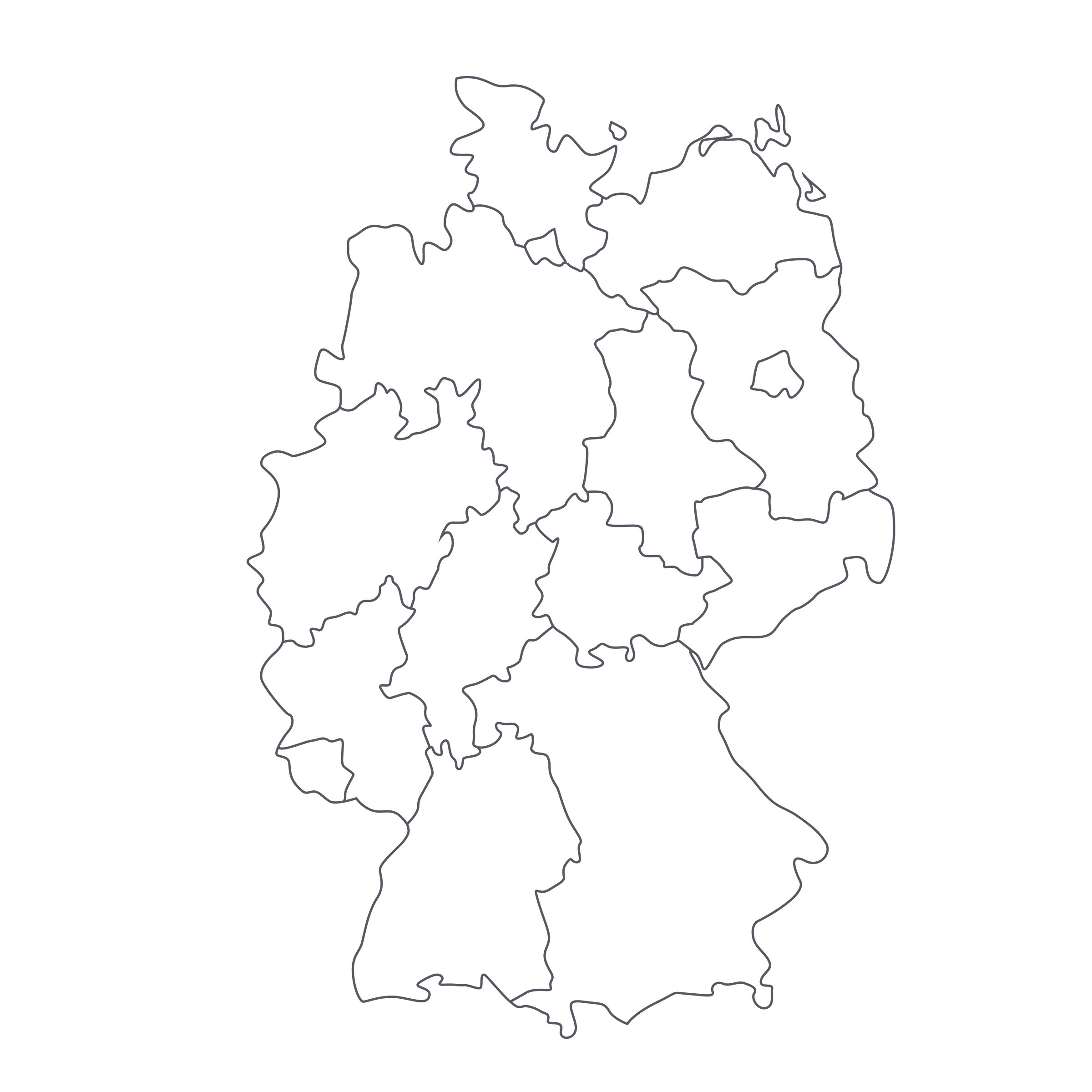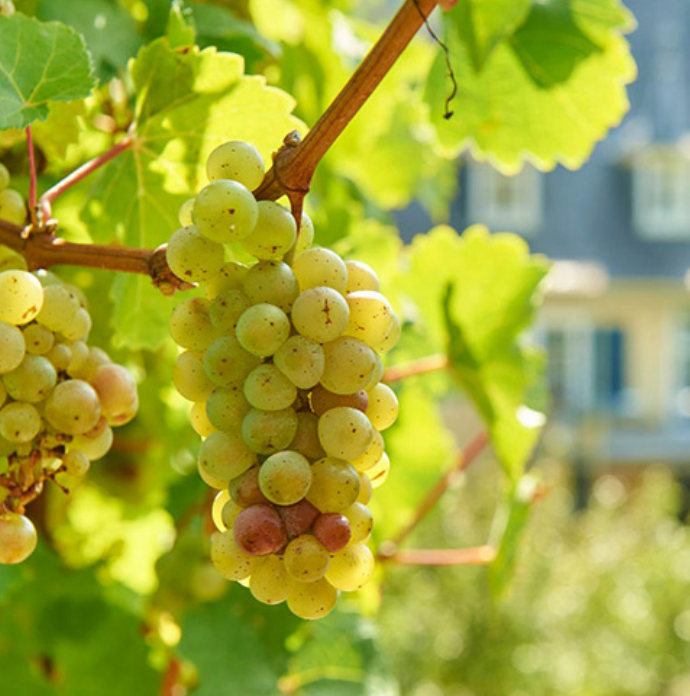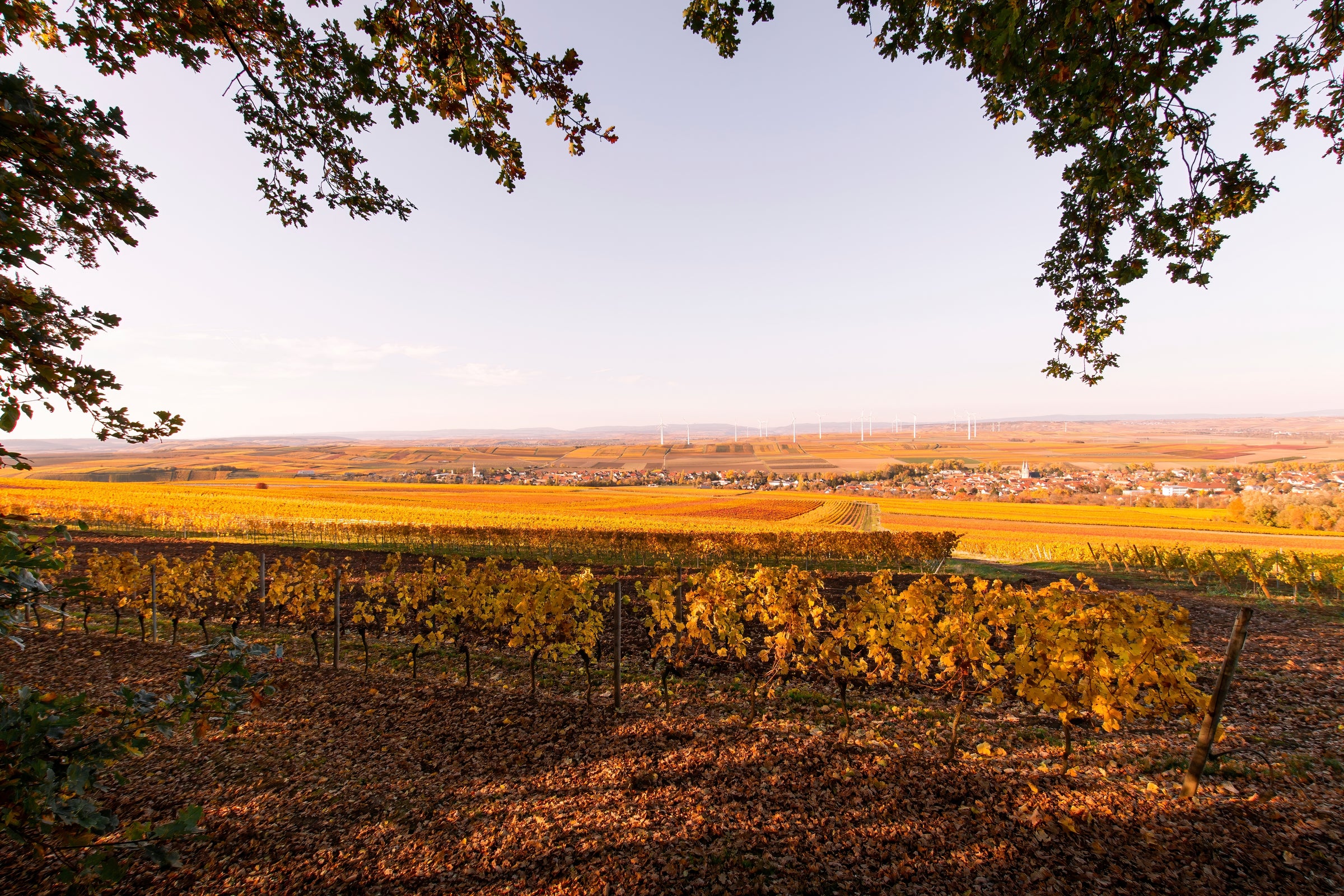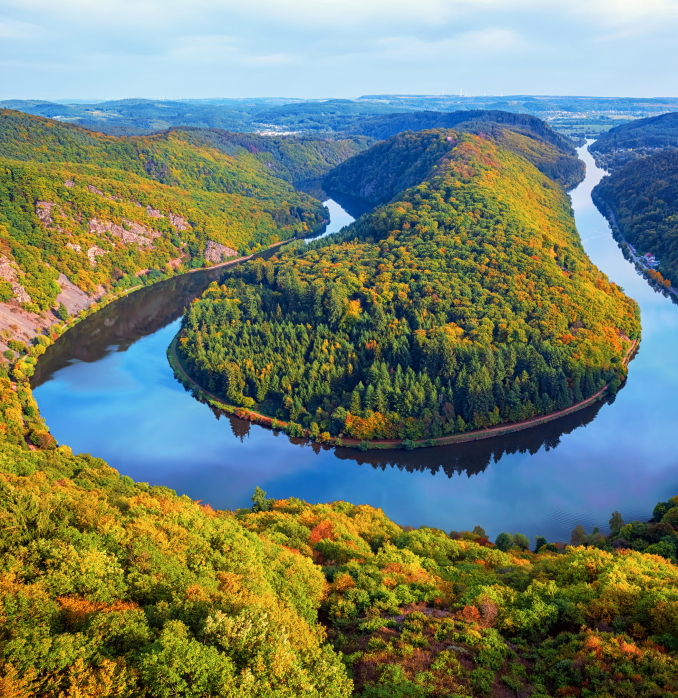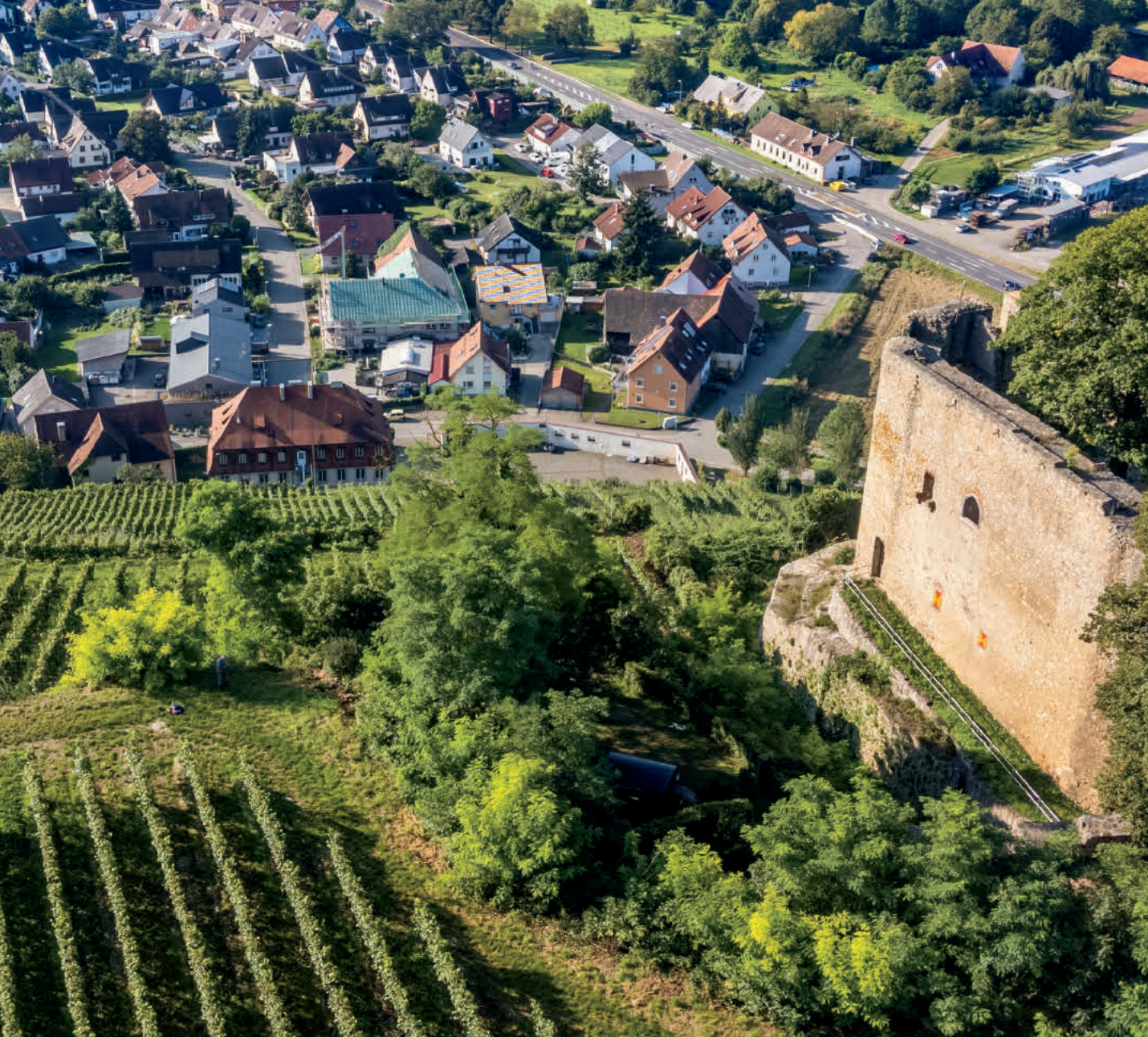I wish it weren’t so, but the assortment of ancient gems we culled from the cellars of Paul Anheuser were going to run out eventually. Today marks our last tranche of mature Riesling from this tiny yet dynastic family of vine growers. The Anheusers have been farming the steep slopes of Germany’s Nahe for 14 consecutive generations, and each remarkable bottle we’ve discovered has set an even higher standard for what we already consider one of the planet’s greatest wine pleasures: aged Riesling.
So, until we can travel the winding river and descend into their subterranean “wine museum” once more, this will have to tide you over—and we guarantee it will do much more than that! At a scant $35, you’re receiving an impeccably stored Riesling Auslese with a quarter century of age. It doesn’t look or taste like a 27-year-old wine, but it delivers a powerfully long finish that can only come from something with that much maturity. When it was bottled back in 1993, only a touch of residual sugar was evident, and now at nearly three decades old it has evolved into a savory explosion of delicately ripe tropical/citrus fruits. This is exhibit A for what sommeliers swoon over, and when it comes at such an attractive price, it’s impossible not to place it in the wine value Hall of Fame. Quantities are very limited, so pounce if you’d like to add this mesmerizing treasure to your collection.
The Anheusers trace their ancestry in the village of Bad Kreuznach to the 1600s; many of their heirloom vineyards have been in their possession for generations. The family has been here so long, they’re considered the very first in the entire Nahe region to plant vineyards solely to Riesling. But despite their extensive track record, their operation remains a humble one and is still entirely staffed by family. They have also built a fine reputation in the Nahe for stockpiling vintages in their cellar, as today’s offer so clearly illustrates.
The hamlet of Schloßböckelheim (which Dönhoff made famous) was known as Böckelheim well over a millennium ago, but after the construction of a hilltop castle (schloss in German), the village earned itself another attachment—and yet another syllable for we Americans to butcher. The highly regarded vineyard of Königsfels is a steep, south-facing site that sits at a major bend in the Nahe River. Its name translates to “king’s hill” because some king, at some point in medieval history, was reportedly captured and held in the castle’s dungeon for the duration of his life.
The rocky hillside site of Königsfels is now entirely owned and sustainably farmed by the Anheuser family. In 1992, they harvested a bit later, to allow for more ripeness and a touch of botrytis. Then, the grapes underwent a cool, long fermentation in their vaulted cellars and subsequently aged in large oak casks. This was bottled as an halbtrocken (literally meaning “half-dry”), and the law states that the maximum amount of residual sugar allowed at this level is 18 grams per liter—this wine has 17, but again, doesn’t taste sweet due to its extended maturation. After bottling the wine in 1993, this small batch rested undisturbed for over 25 years. Upon our request, each bottle was re-corked prior to shipping.
Anheuser’s 1992 Riesling Auslese
halbtrocken from Schlossböckelheimer Königsfels shines a pale yellow with hints of silvery green—it’s highly reflective to the point where you can almost see yourself in the wine! Medium-bodied and astoundingly fresh for such a mature wine, it bursts with aromas of lime blossoms, Meyer lemon, tangerine peel, green mango peel, white peach, and grapefruit. Then, of course, the classic minerality that comes with mature Riesling reveals itself with a touch of petrol, crushed river rocks, button mushroom, and savory herbs. Thanks to a quarter-century of age, high acid, supple fruit, and chiseled minerality, only a kiss—a peck, rather—of sweetness is evident at the tip of your tongue. Even still, it’s hardly perceptible and what resonates more is the fruit’s supple ripeness, enduring freshness, and exquisite acidity. This surprisingly savory treat is in a perfect drinking window, so when enjoying, do so around 50-55 degrees in all-purpose white stems and stagger your bottles over the next 5+ years—even 10+ if you have the patience. Because this is a delicate, essentially dry wine, I would refrain from pairing it with something overly spicy. The attached coconut milk and lemongrass shrimp dish will fit the bill perfectly. I’m salivating just thinking about it. Enjoy!


